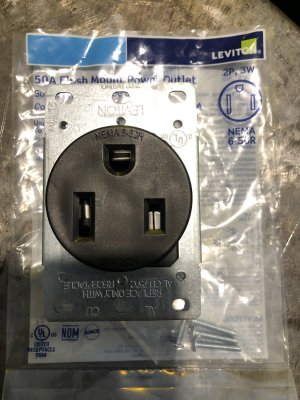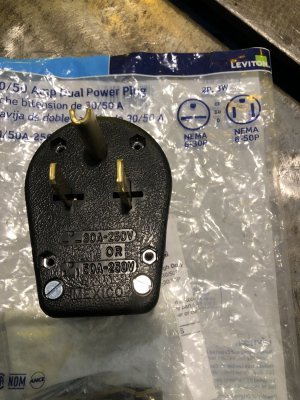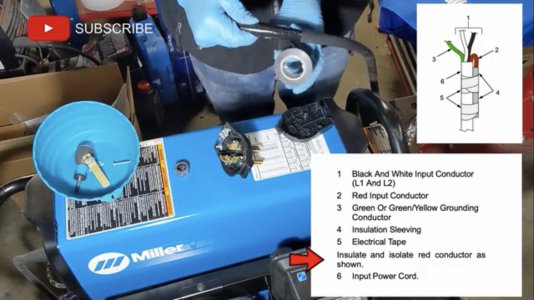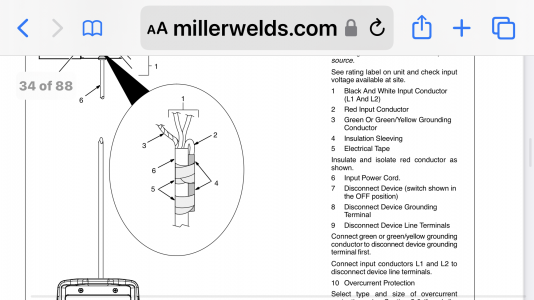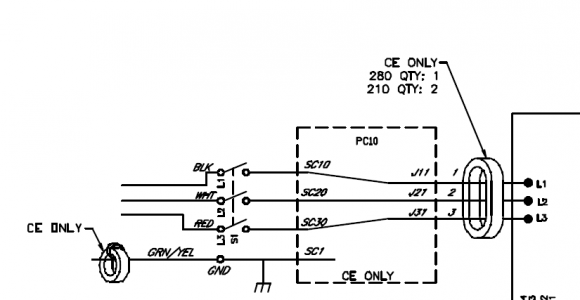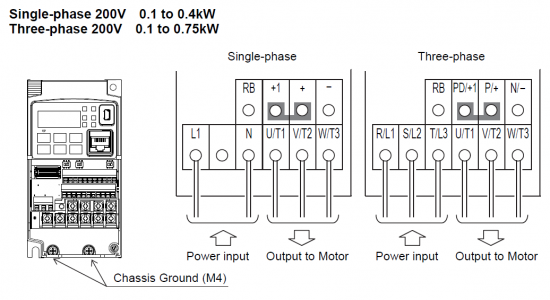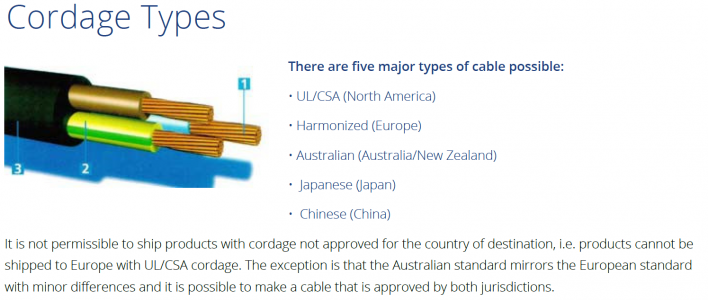- Joined
- Sep 8, 2019
- Messages
- 4,392
The Miller Dynasty 210DX was the first welding machine that I ever bought, not counting the HF 110V solid core wire feed machine that I bought circa 2002 for $129.
Anyway, I wired the Dynasty plug as seen in the picture below.
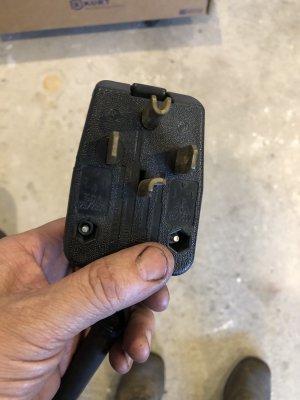
And here is the wall receptacle. I have it pulled out because I was looking at the 6 AWG wires coming from the 40A circuit breaker.
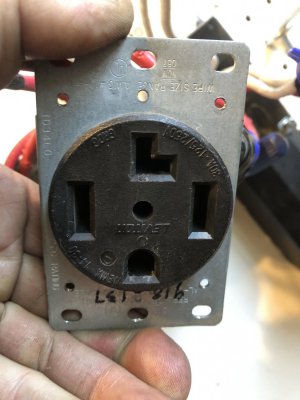
Anyway, I wired the Dynasty plug as seen in the picture below.

And here is the wall receptacle. I have it pulled out because I was looking at the 6 AWG wires coming from the 40A circuit breaker.

Last edited:


